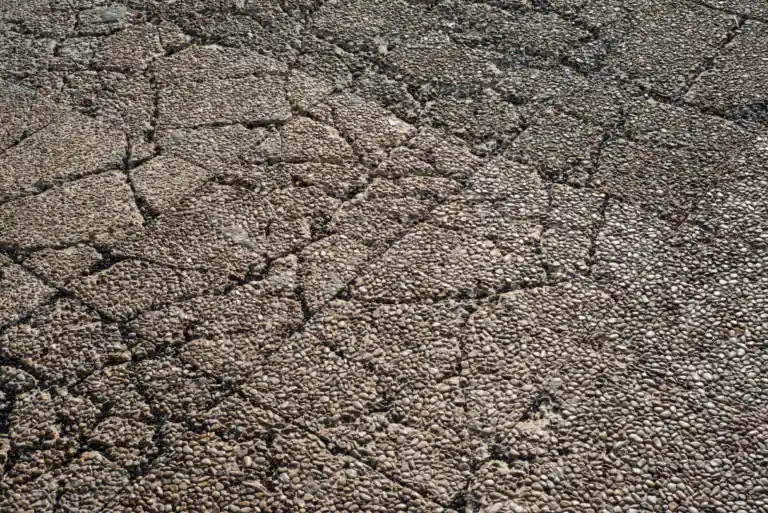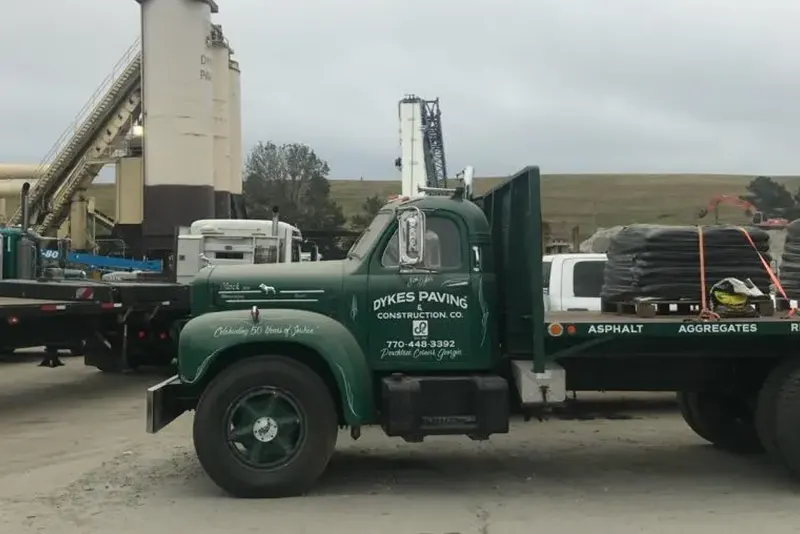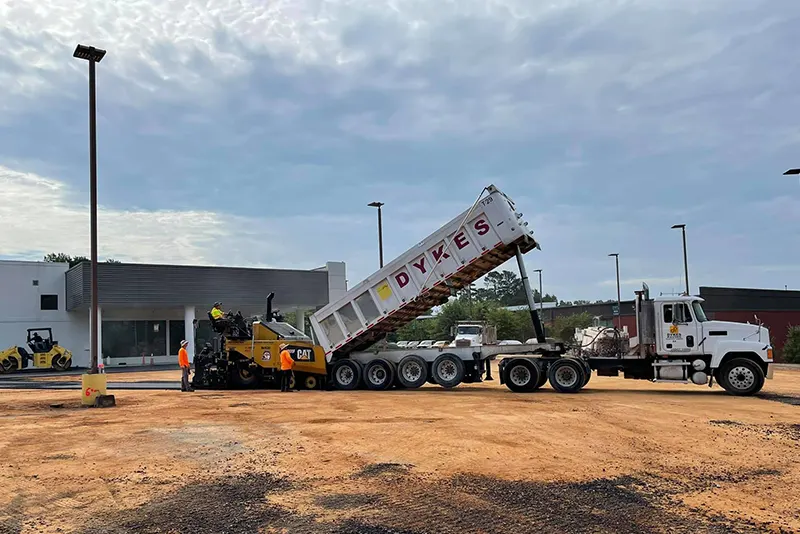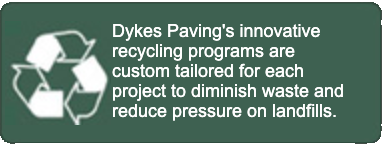Eco-Friendliness is everywhere these days, and for good reason. It’s no wonder we’ve even developed “recycled asphalt,” as roads and parking lots are some of our most vital parts of modern society. Although newly laid recycled asphalt might look and feel a tad bit different than its traditional counterpart, you’ll be saving money and the environment, simultaneously.
As we just stated, recycled asphalt is obviously good for the environment. Asphalt is made from oil, which is a non-renewable resource and it can also be quite dangerous to extract. Recycling used asphalt reduces the amount of new oil byproduct needed, and it also might reduce dependence on foreign oil. Recycling asphalt also cuts down on transportation costs needed to bring in new materials.

Recycled asphalt can be mixed into “hot mix” and “cold mix” paving applications, which is certainly a great benefit for paving contractors. The reuse of asphalt for fill, base or embankment asphalt paving projects can definitely save paving contractors money and materials, allowing for better roads, parking lots, etc.
Since asphalt is derived from petroleum, its cost is relative to the constantly changing prices of the market. Old asphalt is readily available to be pulled up or processed on site. Up to 25 percent of asphalt material in some states is made up of recycled asphalt. And, the Federal Highway Administration has research projects testing mixes of up to 50 percent. All in all, recycled asphalt saves money. Did you know that about 90 million tons of asphalt are recycled annually? This saves taxpayers hundreds of million of dollars each year. When asphalt is recycled, everyone wins: paving contractors, tax payers, and the planet as a whole.
Now that you’re aware of all of the amazing benefits of recycled asphalt, here’s some basic instructions for laying it (in case you ever get your hands on some, and want to do it yourself). Still, for the best results, it’s highly recommended that you contact your local paving contractors.
Step 1: Clear Area of Debris
Clear the soon-to-be-paved area of any pebbles, branches, or leaves that might be in the way.
Step 2: Make a Smooth Surface
Break up any large clumps of earth with your shovel, and subsequently, smooth out the surface with the rake, until your left with a smooth surface – ready to be paved.
Step 3: Lay the Recycled Asphalt
Lay the recycled asphalt across the area you wish to pave, so that you’re left with an even layer of around an inch.
Step 4: Tamp down the Recycled Asphalt
Do this with a hand tamper – hitting every square inch with a great deal of force to compact the layer of asphalt the best you can.
Step 5: Steam Roll
After your tamping is complete, use a steam roller to roll over, and further compress the recycled asphalt. This will help it in melting together so it can harden into a durable recycled asphalt surface.
Step 6: Curing
Allow at least 24 hours for your asphalt surface to cure.
If you’re interested in having your facility paved with eco-friendly recycled asphalt, don’t hesitate to contact Dykes Paving. We’re a premier paving company in Atlanta!








